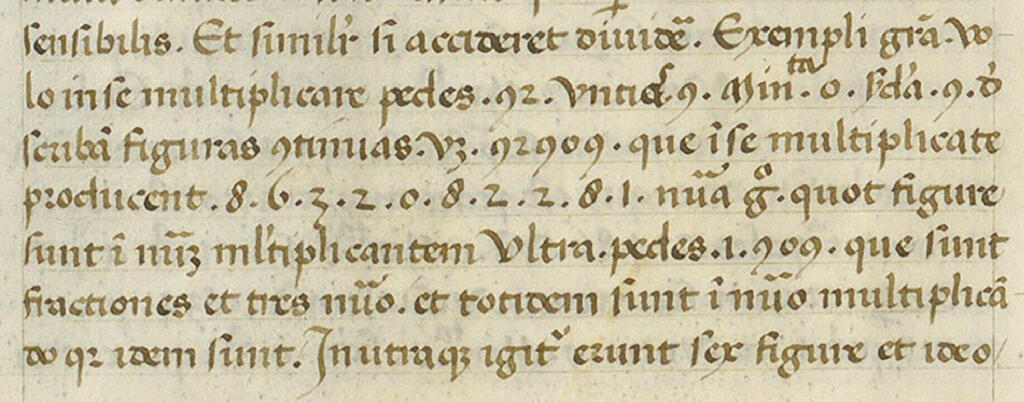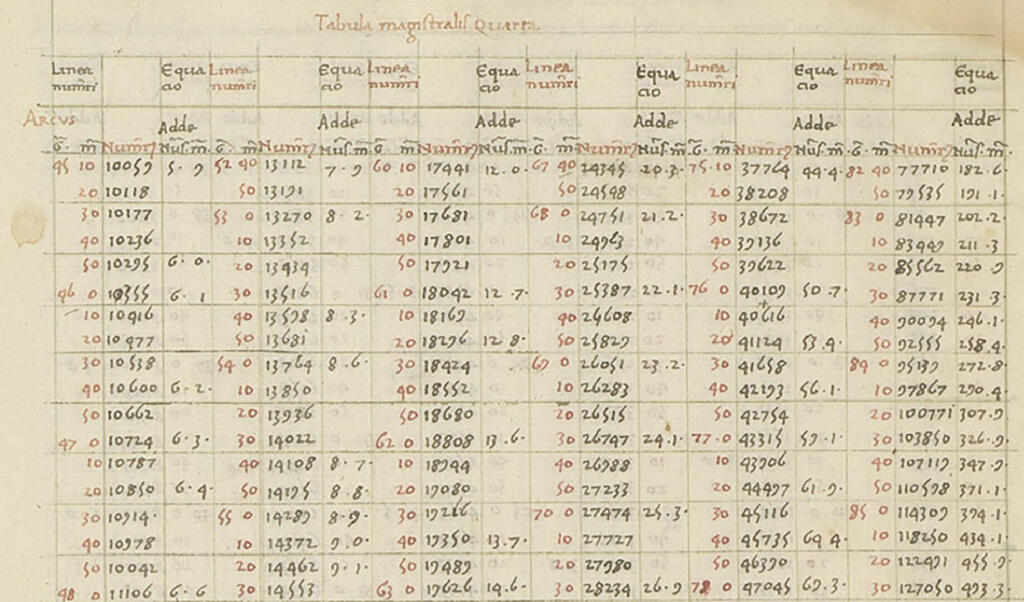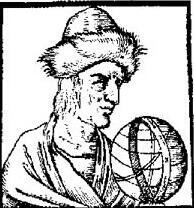In mathematical notation, the decimal point is the symbol that separates the integer part (written to the left of it) from the fractional part (written to the right of it). This symbol is accepted in many countries around the world, including the United States and Israel, while in other countries, including most of Europe and South America, it is customary to use a comma as the separator.
More stories:
Until now, it seemed that the initial use of the decimal point was made by the German Jesuit mathematician and astronomer Christopher Clavius, who was the chief designer of the Gregorian calendar. However, a new study published in the Historia Mathematica journal, argues that the first use of the decimal point was made by a Venetian merchant, 150 years before Clavius used it for writing fractions.
3 View gallery


Section from Giovanni Bianchini's manuscript 'Compositio instrumenti'
(Photo: Historia Mathematica (2024). DOI: 10.1016/j.hm.2024.01.001)
The discovery was revealed by Dr. Glen Van Brummelen, a historian of mathematics and astronomy in ancient and medieval cultures at Trinity Western University in Langley, Canada, sometimes referred to as the world's only historian of trigonometry.
In his study, Dr. Van Brummelen found evidence of the use of the decimal system in writings published as early as the 15th century, emphasizing their significance and substantial contribution to the history of mathematics - a field of research that examines the development of mathematics in human society from its inception to the present day.
The invention of the decimal point led to the development of the decimal system, making it easier for people working in various fields to easily calculate numbers that aren’t integers (fractions). Prior to this new invention, the earliest known use of the decimal point was indeed noted by Christopher Clavius when creating sine tables - basic trigonometric functions - published by him in 1593.
3 View gallery


One of Giovanni Bianchini's tablets in which the decimal point is seen in use
(Photo: Biblioteka Jagiellońska)
The new discovery came to light when Dr. Van Brummelen examined some writings of Giovanni Bianchini, which were published in the 1440s, and noticed that some of the numbers in the table that appeared in the writings included a decimal point.
One example was 10.4, which Bianchini multiplied by 8 in a manner similar to that done in modern mathematics. Therefore, the discovery indicated that the use of the decimal point occurred about 150 years earlier than previously thought by experts in the history of mathematics.
Giovanni Bianchini acquired his skills in mathematics and astronomy at the University of Ferrara. He later worked as a Venetian merchant for many years and eventually assumed an administrative role in a large estate owned by the powerful D'Este family, where he served as the Leonello d'Este’s court astrologer.
As part of his role, he also managed the family’s assets and investments, which led to his specialization in mathematics. Bianchini also published astronomical texts, expressing his abilities to chart planetary motion and predict the timing of future solar eclipses. The finding indicates that Bianchini played a more significant role than previously thought in the development of mathematical fundamentals.
Dr. Van Brummelen noted that as a merchant, Bianchini spent much time traveling, including to Muslim destinations, where mathematical concepts developed, which may have influenced his use of non-integer numbers.
The discovery sheds new light on the development of the decimal system in general and the decimal point in particular, emphasizing Bianchini’s importance in developing basic mathematical concepts used in modern science.


